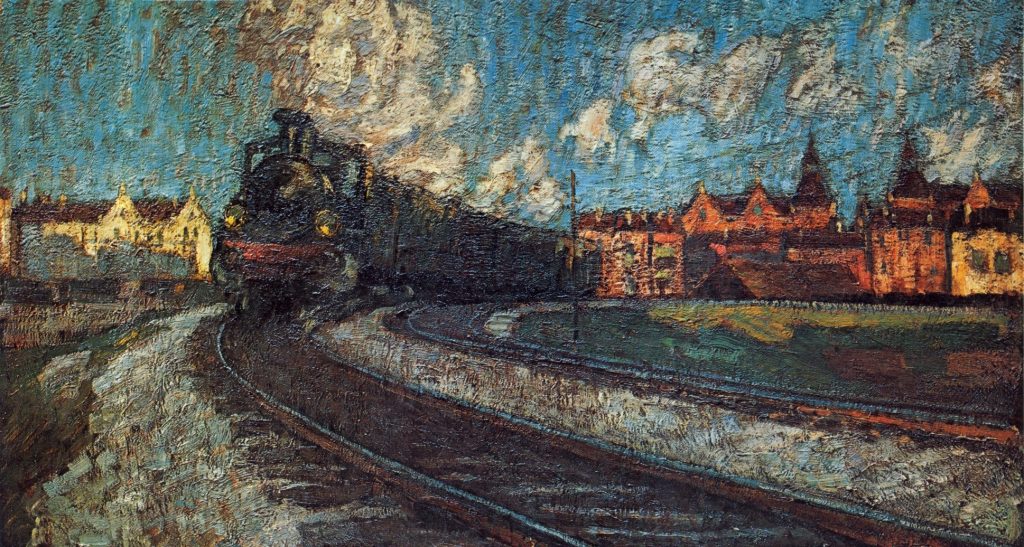The railway line between Budapest and the West-Hungarian town of Győr is being renovated to breathe new life into the struggling public railway system. Győr, incidentally my hometown, features two university buildings connected by a skybridge shaped like a railway car. As of recently, these few meters are the only reliable means of long-distance transportation that railcars can carry passengers in the country.
The state-owned Hungarian railway company, MÁV is barely able to deliver any services and accumulates heavy losses. Train delays in the country rank among the worst in the EU, mainly due to crumbling infrastructure. When MÁV was ordered on a ministerial level to do something about the dismal Budapest-Győr line, the railway company hurriedly started working on the problem, causing even more delays, and forcing passengers to transfer to buses during the journey.
Not so long ago, the trip from my home in Budapest to visit family in Győr took just over an hour. Now, the official travel time is closer to 2 hours, with delays of up to an hour not uncommon.
It is not about me though. Győr is about halfway between Budapest and Vienna, two main cities of the former Austro-Hungarian Monarchy, making this railway line historically significant. Even after the dissolution of the union of these two countries, the tracks connecting them enjoyed the best of engineering.
For instance, in 1934, the fastest trains on this line outpaced today’s travel time from Budapest to Vienna. Then the journey took 2 hours and 58 minutes, which could not be matched until 2009 when the Austrian Railway Company, ÖBB introduced Railjet to Hungary with MÁV. Today though, due to the disruption of construction on the tracks, the travel time is longer. Due to delays, the Austrians decided to let trains from Hungary only run as far as Vienna lest the hectic arrival times disrupt their system too.
Another critical aspect is the pricing disparity. It seems like the news that communism failed had been delivered by train, and thus failed to arrive. Even the state-owned transport companies are not allowed to compete with each other, so bus transport run by a state company ceased to operate buses between Győr and Budapest, meaning only the train remains. MÁV cheapest ticket between Budapest and Vienna costs 23 euros, with a travel time of 3 hours and 31 minutes. The fastest option, 20 minutes quicker, is priced at 27 euros.
In contrast, RegioJet, a private company operating on the same line, offers tickets for as low as 17.9 euros, a mere 3 minutes slower than the state-operated train. Yet, for 22.9 euros, you get a 1st class ticket which – unlike the state owned train – will not bring tears to your eyes, but a spark, which will be also poured to your glass in the form of a complimentary sparkling wine. There is a privately operated bus company, which will take you for 23.99 euros on a journey lasting 3 hours and 35 minutes. The private options provide much better services and much more comfortable rides.
This raises an obvious question. Why do we need the public railways if it is such a boondoggle? Why not let it fail and let the free market and competition provide the cheaper and better alternatives?
Continue exploring:
Orbán vs. Pressman: Insights into Current US-Hungary Relations



